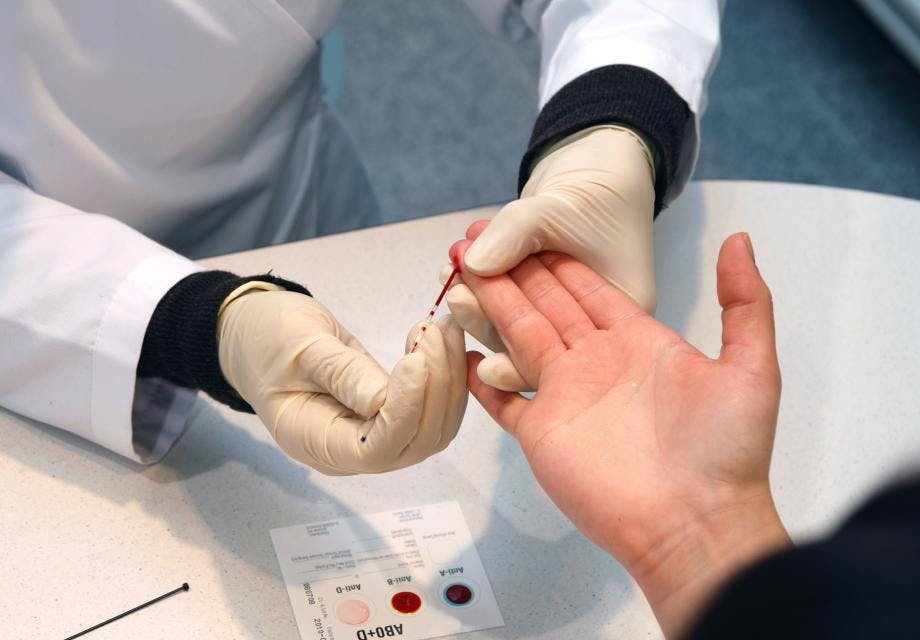How to improve services for people most at risk of HIV
Hester Phillips
02 September 2022
New recommendations given for online services, peer navigators and injectable PrEP
The World Health Organization (WHO) has updated its guidelines on HIV, sexually transmitted infections (STI) and hepatitis services for people most at risk of HIV.
What are the guidelines about?
WHO’s updated guidelines focus on five groups. These are men who have sex with men, trans and gender-diverse people, sex workers, people in prisons and people who inject drugs. These groups are sometimes called ‘key populations’.
The guidelines were first published in 2014 then updated in 2016. This latest version includes new recommendations and good practices to improve services for key populations.
Why are they important?
In 2021, seven out of every ten people who got HIV were from a key population or a sexual partner of a key population member.
Providing effective HIV services for key populations is the right thing to do for individual’s lives. It is also central to ending AIDS. But low-quality health services for key populations are undermining the HIV response.
What do the updated guidelines say?
Online HIV, STI and hepatitis services should be provided to people from key populations. They should be additional to face-to-face services, rather than replace them.
Online services must protect people’s data security and confidentiality. Particularly as key populations are often criminalised. Some people from key populations will need support to get online and use online services.
Peer navigators should be trained and paid to support other community members to use services.
Injectable PrEP should be offered to key populations as an extra HIV prevention choice.
Some behaviour change counselling is not effective. This includes counselling to stop people injecting drugs, compulsory ‘treatment’ for drug dependence, ‘conversion therapy’ for LGBT+ people, or ‘rehabilitation’ for sex workers. This violates rights, stops people accessing services and adds to stigma and discrimination.
Non-judgemental counselling that does not aim to change behaviours can be effective. But only when it involves peers and includes accurate prevention information.
Chemsex is when people have sex while on drugs, often with many partners. To reduce the health risks this brings, a non-judgemental approach is needed. Chemsex services should be available through services for sexual and reproductive health, mental health and harm reduction.
The guidelines confirm that if someone is on HIV treatment and virally suppressed (or undetectable) they cannot pass HIV on through sex.
What does this mean for HIV services?
You can use these guidelines to advocate for improved services and practices for key populations. Services should be organised around people’s lives and needs, rather than their health conditions.
But better services are not enough. It is also important to challenge stigma, discrimination, criminalisation, unjust policies, violence and other rights violations. This is essential to supporting people from key populations to access the services and support on offer.
Get our news and blogs by email
Keep up-to-date with all our latest news stories and blogs by signing up to the Be in the KNOW news digest.
